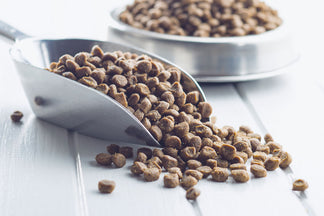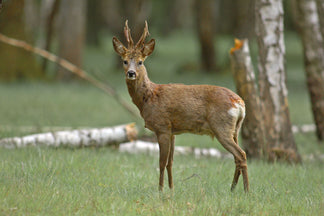We continue our Pet Food Ingredients A to Z series with the letter “T”. Today's ingredient is the well known herb, Thyme.
What is Thyme?
Thyme is a perennial plant, belonging to the mint family. The plants can be erect and bushy, reaching 18 inches in height or creeping and spreading, growing to about 3 inches high.
Common names for Thyme
The most common name variations Garden Thyme and Rubbed Thyme, and Lemon Thyme. Other name variations of the plant, based on the color of the flowering, include Golden King, Silver Queen, Archer's Gold, Rainbow Falls and Pink Ripple. Thymol is the name of the oil that is derived from the Thyme plant.
Why is Thyme included in pet food?
Thyme is used in pet food to add flavor, improve digestion, and because it acts as an anti-bacterial agent.
Common benefits of Thyme
Benefits: Thyme contains vitamins C, A, and K, iron, manganese and calcium. Thyme also contains anti-oxidants. Thyme has antiseptic, anti-spasmodic and anti-bacterial properties.
It is generally good for the skin, and supports brain function and gastrointestinal health. Thyme helps the body digest and process fatty acids and can generally aid digestion.
In a clinical study conducted by K.A. Youdim and colleagues, published in the April 19, 1999 issue of “Biochemical and Biophysical Research,” researchers found that thyme oil helped to protect against age-related changes in the brain cells of rats.
Miscellaneous facts about Thyme
- Some cats prefer Thyme to catnip.
- The ancient Greeks used thyme in their baths and burnt it as incense in their temples, believing it was a source of courage.
- Thyme is often paired with Rosemary in human food recipes.



 Food
Food
 Food
Food
 Food
Food
